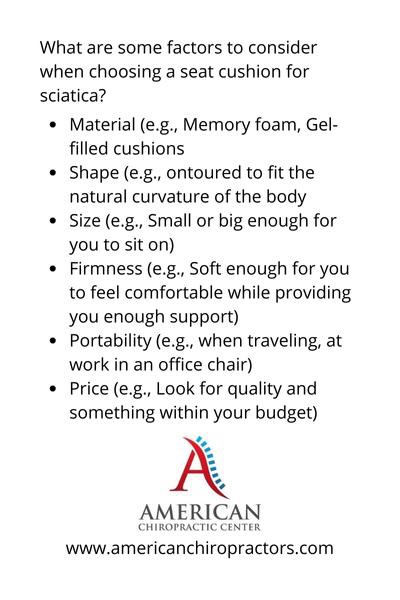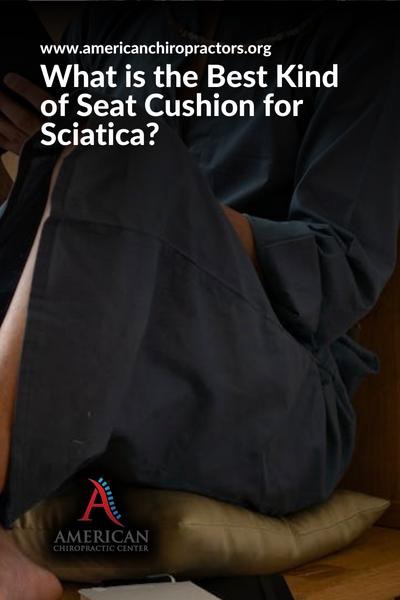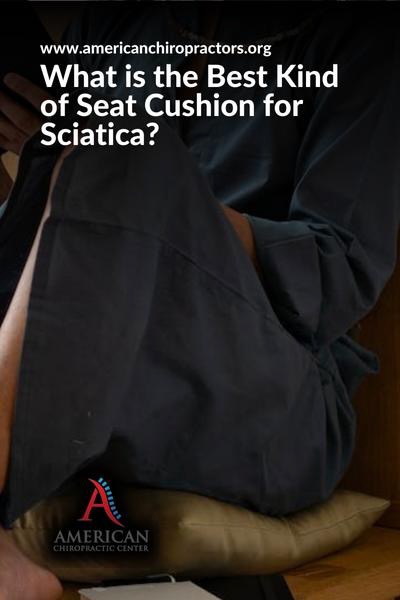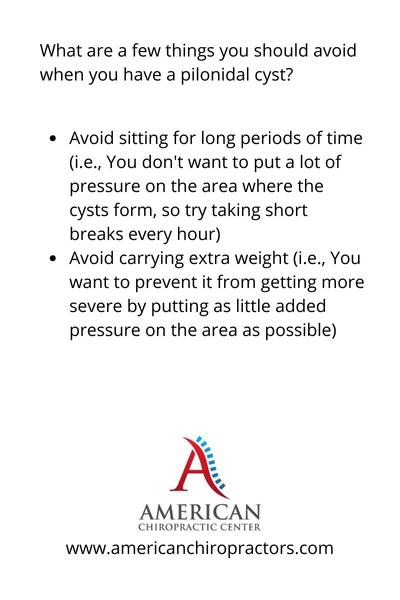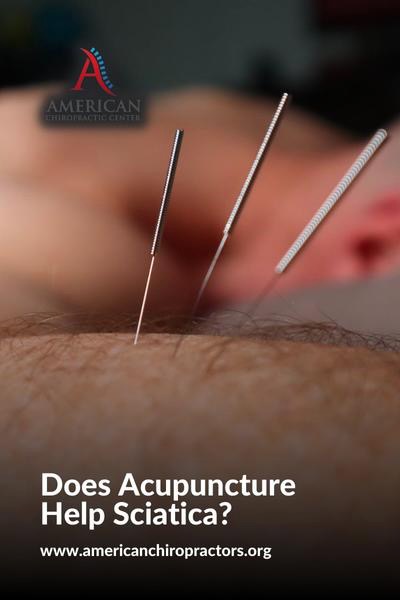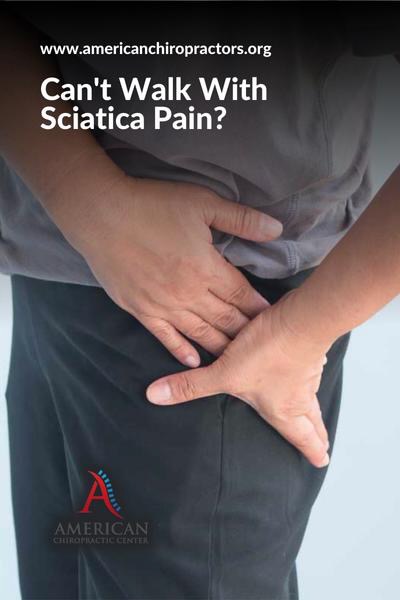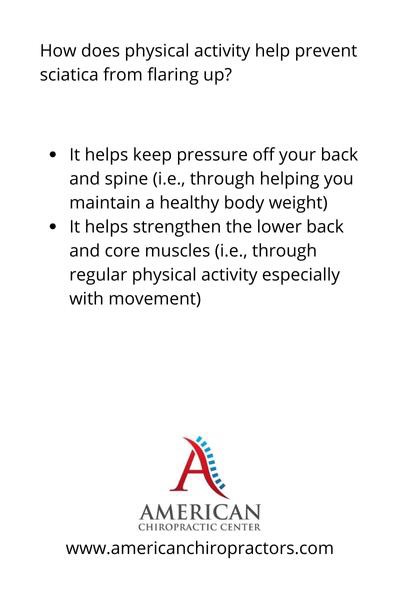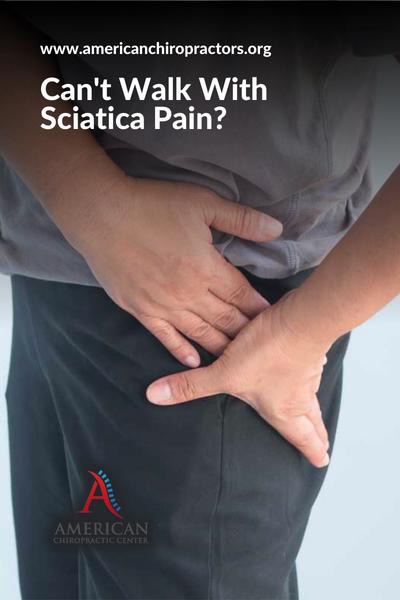La acupuntura es un tratamiento holístico que tiene como objetivo cambiar la respuesta del cuerpo al dolor mediante la inserción de pequeñas agujas en los puntos de presión. Estos puntos de presión estimulan el sistema nervioso del cuerpo, liberando endorfinas y reduciendo la intensidad del dolor. Diferentes acupunturistas usan diferentes protocolos para tratar diferentes condiciones. Algunos se enfocan en los puntos de presión locales, mientras que otros tratan los puntos de presión más alejados del punto de dolor.
Leer más sobre ¿Ayuda la acupuntura a la ciática?
Más cosas que debe saber sobre si la acupuntura ayuda a la ciática
¿Qué es la acupuntura?
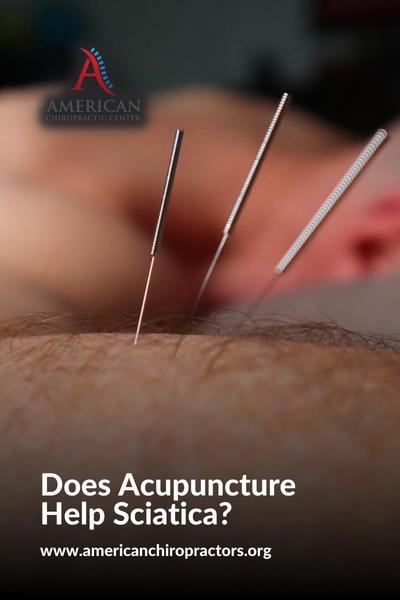
La acupuntura es un método de tratamiento alternativo que puede tratar diversas afecciones de salud. Por lo general, alivia el dolor y los síntomas de problemas de salud a largo plazo como la artritis. Sin embargo, es importante recordar que la acupuntura no es una cura para las afecciones crónicas y debe hablar con su proveedor de atención médica antes de someterse a un tratamiento.
Aunque algunos proveedores de atención médica tienen una opinión negativa sobre la acupuntura, la mayoría está abierta al tratamiento, en particular para las personas con afecciones crónicas que no han respondido a los tratamientos estándar. Si su proveedor de atención médica se opone a la acupuntura, debe preguntar por qué.
¿Cómo funciona la acupuntura?
La acupuntura se usa como medicina alternativa para tratar una variedad de afecciones, incluida la ciática. Estimula el sistema nervioso central, desencadenando sustancias químicas en el cerebro y los músculos que alivian el dolor. Puede ayudar a tratar varios síntomas, desde la ciática y el dolor lumbar hasta la osteoartritis y la fibromialgia. La acupuntura es una opción popular para tratar el dolor de ciática y es un complemento excelente para otras formas de tratamiento.
La acupuntura es un enfoque complementario a la medicina tradicional para el dolor de ciática, lo que significa que puede ayudar a aliviar los síntomas y ayudar a los pacientes a regresar a sus rutinas diarias.
La acupuntura ha demostrado ser tan eficaz como los medicamentos recetados y otros métodos de control del dolor en el tratamiento del dolor ciático. La acupuntura es hasta el doble de efectiva que estos tratamientos convencionales.
¿Cuáles son los beneficios de la acupuntura?
La acupuntura trata el dolor ciático y otros dolores nerviosos en las piernas. Las agujas de acupuntura se colocan en puntos precisos de todo el cuerpo para estimular el sistema nervioso. Esto ayuda a reducir la inflamación, la liberación de opioides naturales y mejora la circulación sanguínea alrededor del área dolorida.
La acupuntura es un tratamiento seguro y eficaz para la ciática y se ha demostrado que reduce el dolor mejor que los analgésicos de venta libre. La acupuntura es tan eficaz como los tratamientos médicos tradicionales para el dolor de espalda. Ayuda estimulando los nervios en los músculos y otros tejidos, liberando endorfinas y cambiando los procesos de dolor cerebral. También reduce la inflamación, mejora la rigidez muscular y aumenta la movilidad articular.
Utiliza agujas diminutas que se insertan en puntos de presión en el cuerpo. Las agujas estimulan el sistema nervioso central y liberan endorfinas, que reducen el dolor y cambian la respuesta del cuerpo al dolor. Diferentes acupuntores usan diferentes protocolos para tratar diferentes tipos de dolor. Por ejemplo, algunos acupunturistas usan punción local, mientras que otros usan punción distal. Los practicantes de acupuntura necesitan colocar agujas en diferentes lugares para tratar la ciática.
¿La acupuntura duele?
La acupuntura es una antigua técnica médica china que involucra agujas finas que estimulan los puntos de energía del cuerpo. Se cree que alivia el dolor al mejorar la circulación sanguínea y liberar endorfinas, que cambian la forma en que el cerebro procesa el dolor. En comparación con los analgésicos tradicionales, la acupuntura tiene menos efectos secundarios.
Cuando se pellizca el nervio ciático, causa dolor en la pierna. El dolor suele tener una sensación de hormigueo o ardor. En algunos casos, incluso puede sentirse como una descarga eléctrica. Un disco herniado o deslizado es una de las causas más comunes de ciática, pero otros factores también pueden causar dolor. Otras causas incluyen estenosis espinal, estrechamiento del canal espinal y degeneración natural de las vértebras.
¿Cuántos tratamientos de acupuntura necesitaré?
La acupuntura es una medicina natural y puede ser efectiva para ayudar al cuerpo a cambiar. Su médico puede darle una idea de cuántos tratamientos necesitará según su condición. Las condiciones agudas, como un esguince, pueden necesitar solo uno o dos tratamientos, mientras que los problemas crónicos pueden necesitar varios tratamientos para lograr un resultado duradero.
Generalmente, se puede ver una respuesta positiva a la acupuntura después de tres o cuatro tratamientos. Sin embargo, si experimenta infertilidad o problemas menstruales, es posible que necesite más tratamientos para obtener resultados óptimos. En tal caso, debe programar sus citas más separadas.
¿La acupuntura es útil para el dolor ciático?
Por lo general, el tratamiento conservador incluye alivio del dolor (con receta y de venta libre), descanso y fisioterapia. Además, la acupuntura puede ser un complemento muy útil al tratamiento conservador para el alivio y la recuperación del dolor.
Este es un enfoque particularmente útil cuando usted llega con dolor de moderado a intenso porque existe un riesgo mucho menor de que su dolor se exacerbe en comparación con los métodos de “acupuntura local”. También es una opción de tratamiento segura y no quirúrgica que puede aliviar el dolor de la ciática.
Para algunos, puede ser un episodio agudo de dolor lumbar lo que los provoca, mientras que otros pueden sufrir de ciática durante años con poco o ningún alivio. Este artículo analizará la ciática y el tratamiento con acupuntura para el dolor lumbar.
La terapia de acupuntura estimula puntos de acupuntura específicos para aliviar el dolor y la inflamación causados por un nervio pellizcado. Causando un cambio transitorio en el flujo sanguíneo del nervio ciático, incluida la circulación a la cauda equina y la raíz nerviosa.
¿Debería hacer acupuntura?
La acupuntura para la ciática es una forma de medicina tradicional china bien estudiada que ayuda a aliviar y controlar el dolor agudo y crónico de manera eficaz.
El dolor del nervio ciático es sorprendentemente más común de lo que piensas. Eso es demasiado debilitante para un paciente que está experimentando el dolor. Para aquellos que han sufrido dolor crónico durante muchos años, esto puede significar algunos meses de tratamiento y tal vez un control continuo (dependiendo de la gravedad).
Aún así, monitoreamos su progreso de cerca para asegurarnos de que continúe encontrando valor en el tratamiento. Estos pueden incluir dolor de espalda, pero puede haber solo dolor de cadera, pierna o incluso dolor de pie.

Doctor Osvaldo Pepa, Médico del Servicio de Neurocirugía del Hospital San Martín, La Plata, Argentina. Me gradué el pasado 16 de noviembre de 1984 como Médico en la Universidad Nacional de La Plata. El Consejo Médico de La Plata, Distrito 1, me licenció como Neurocirujano en 1990. Tengo Licencia Provincial y Nacional y miembro activo de la Sociedad de Neurocirugía de La Plata, Federación Mundial de Ozonoterapia y Sociedad Interamericana de Cirugía Mínimamente Invasiva. .



